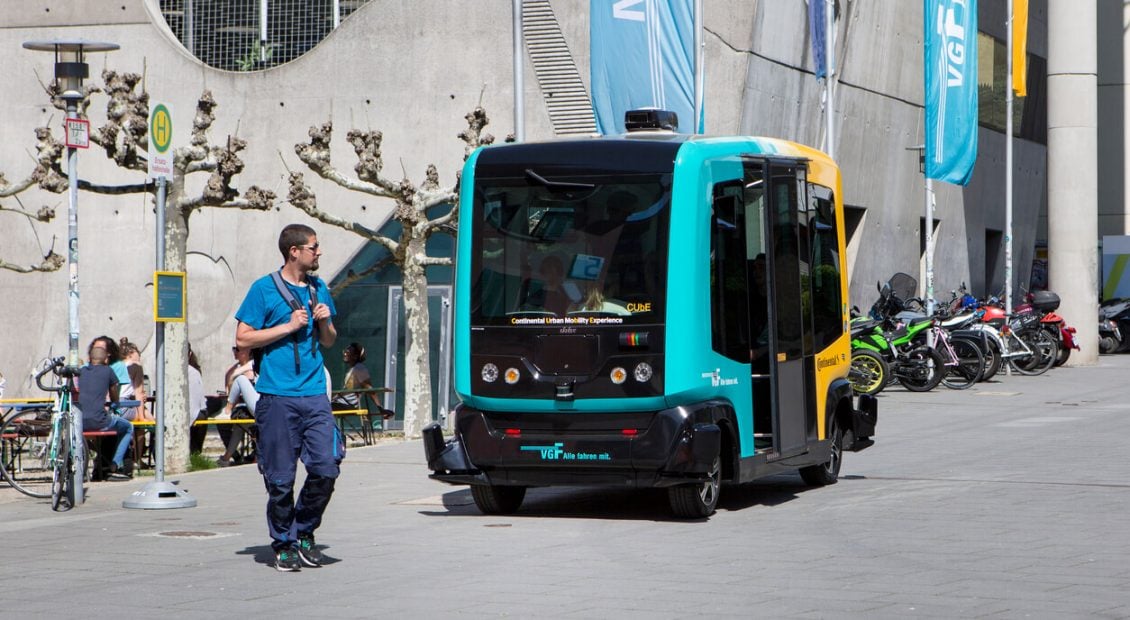
Beyond connectivity: Telcos’ evolution into sustainability enablement
Results from our survey of over 200 enterprises found a growing interest for sustainability services. We outline actionable strategies telcos can employ to meet this demand and foster green revenue growth



